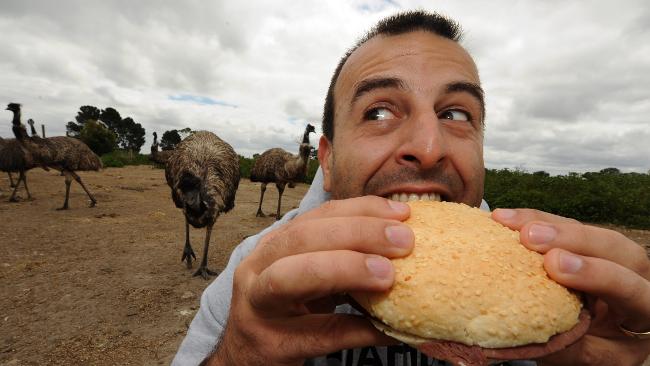
Captain James Cook was born, 1728-1779, in Marton, Cleveland about 30 miles from the town of Whitby. An adventurer and navigator in the Royal Navy, Cook is best known as an explorer and most notably for reaching the south-eastern coast of the Australian continent on 19 April 1770 where his expedition became the first recorded Europeans to have encountered the Australian Eastern coastline.
Cook's early life and childhood was spent in the villages of Marton and later Great Ayton, as one of the five surviving children of a Scottish farm labourer, also named James Cook, and his Yorkshire born wife Grace Pace. The school at which the young Cook attended in Great Ayton is now a small museum. In 1741 Cook began to work for his father as a farm labourer but in 1745 at the age of 16 Cook moved to the coastal village of Staithes to work as an assistant in a grocery shop. This move gave Cook his first glimpse and experience of the sea which would prove to be so central to his future successes. The post did not last and his employer, aware of Cook's enthusiasm for life on the ocean and his determination to go to sea, took him to Whitby where he was introduced to the Walker family (Captain John & Captain Henry Walker - who independently owned ships); Quaker ship owners engaged in the coal trade between the North-East and London. Captain John Walker's ships traded between London and the North and it was on this route that Cook began his sailing career on board the Freelove carrying coal to London in 1747. He stayed with Captain John Walker, having positions on various ships and voyages from October 1746 to June 1755 (approximately 9 years later) when he was offered command of his own ship. By this point, however, Cook had decided to leave the relative safety of Whitby and at the beginning of The Seven Years War with France he volunteered with the Royal Navy on board HMS Eagle. After 2 years he joined HMS Pembroke where he first witnessed the ravaging effects of scurvy whilst crossing the Atlantic Ocean. In 1762, having risen to the rank of Master, Cook married Elizabeth Batts of Shadwell, 13 years his junior. He went on to be present at the captures of Louisburg and of Quebec, and, after the Seven Years War was over, he charted the coasts of Newfoundland. He was shuttling across the Atlantic every year, and that is when he insisted on best navy practice with regard to diet and the prevention of scurvy.

The routes of Captain James Cook's voyages. The first voyage is shown in red, second voyage in green, and third voyage in blue. The route of Cook's crew following his death is shown as a dashed blue line
Cooks' skills, dedication and intellectual reputation eventually brought him to the notice of the Royal Society which led to his appointment to lead HM Bark Endeavour in her epic voyage to the Pacific. Her mission was to carry Admiralty and members of the Royal Society to observe the transit of Venus from Tahiti and to explore the possibility of the existence of a Great Southern Continent. As a Whitby-built collier, solid and flat-bottomed and thus easy to beach and repair, the Endeavour was familiar to Cook and he took command, as lieutenant, on what was to carve the way for a two further monumental voyages. Each voyage not only furthered Cook's impressive career but were also pivotal in furthering scientific understanding and exploration.
The first voyage (during which Cook circumnavigated and charted New Zealand) with HMS Endeavour and second and third on board HMS Resolution HMS Resolution saw Cook become the first man to circumnavigate the globe in both directions, from east to west then west to east respectively, and the publication of his personal journals gained him higher reputation still within the scientific community. His first voyage established the charting of the east coast of Australia and the entire coast of New Zealand, and the second, dispelling the notion of a Great Southern Continent, sailed south to Antarctica, achieving the first Antarctic Circle crossing in 1773.
The third of Cook's voyages, this time on-board HMS Resolution, in search of the North West Passage through the Bering Straits, ultimately ended in Cook's demise during a fight with the local inhabitants on the island of Hawaii in 1779.



